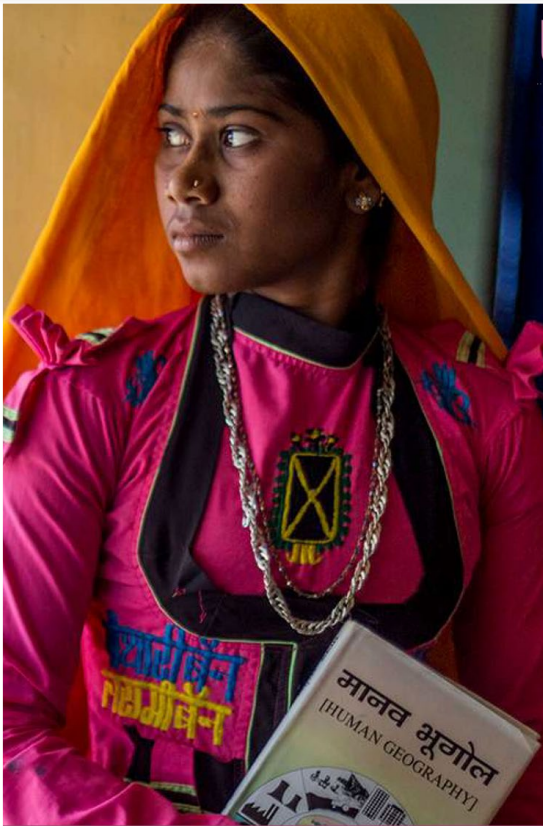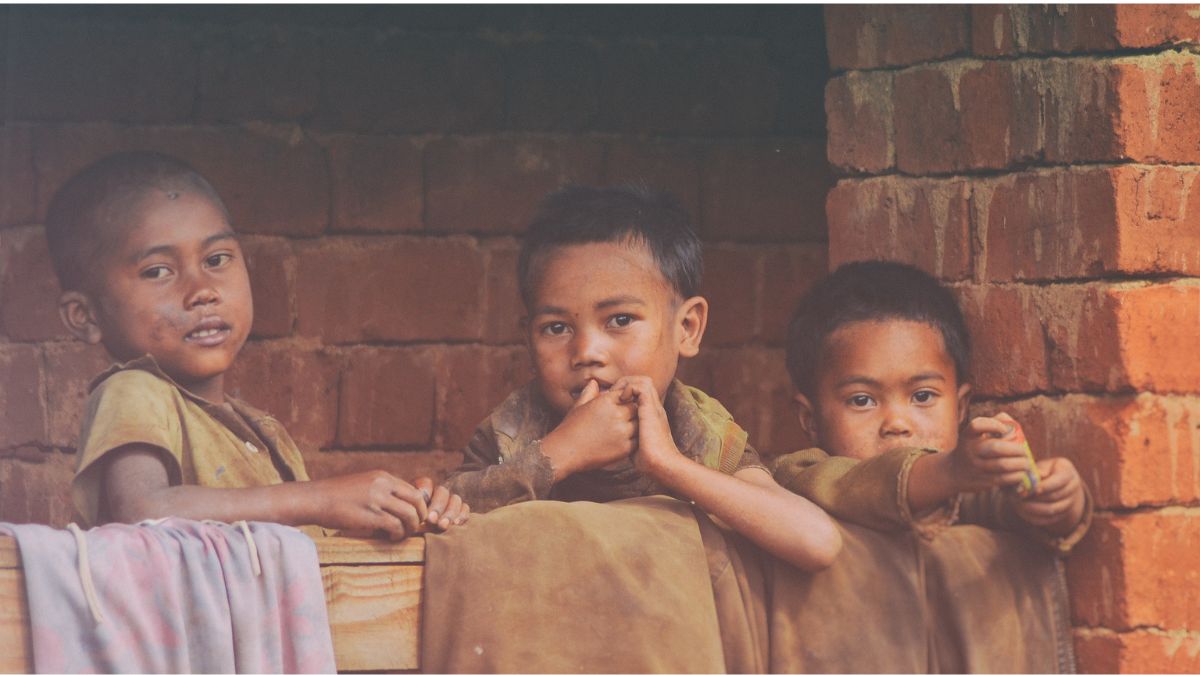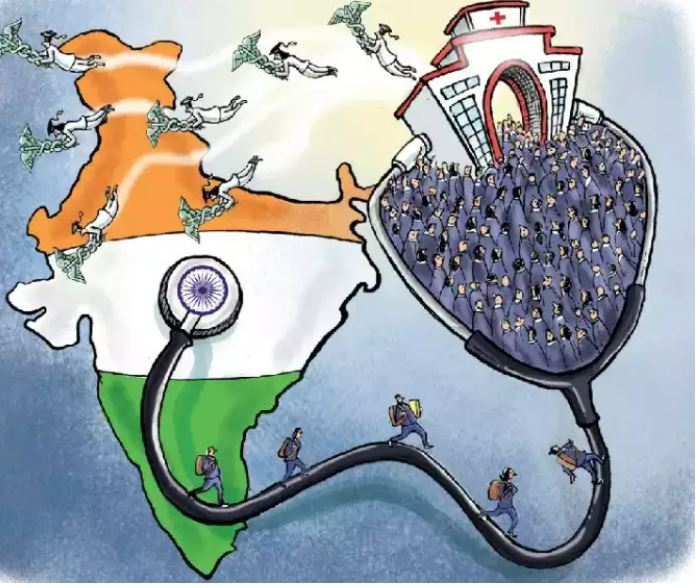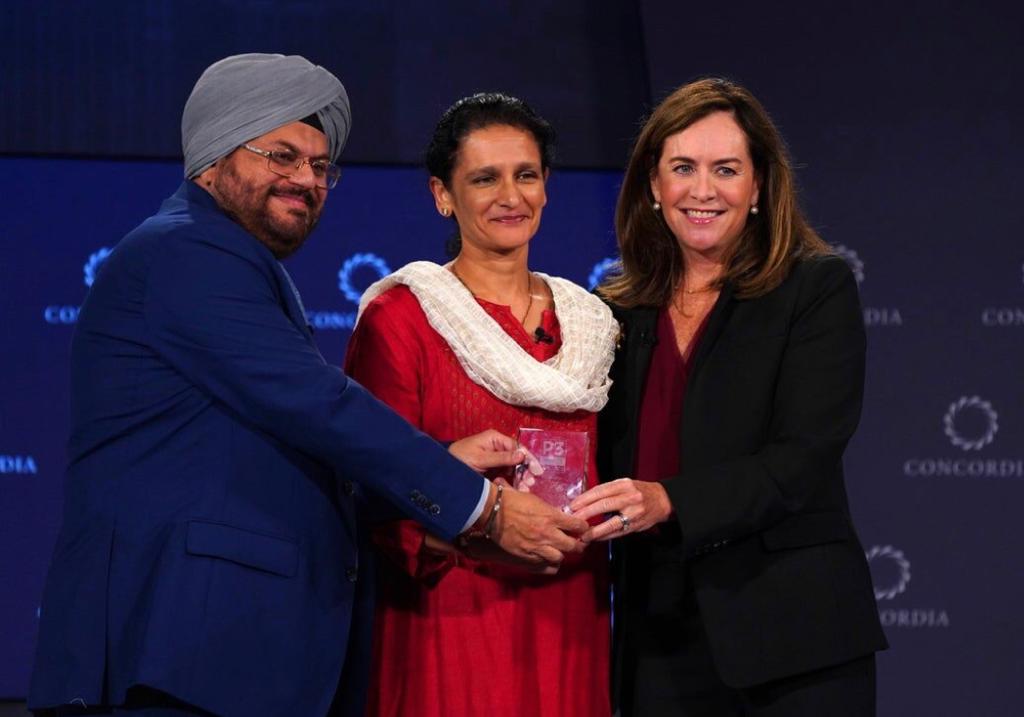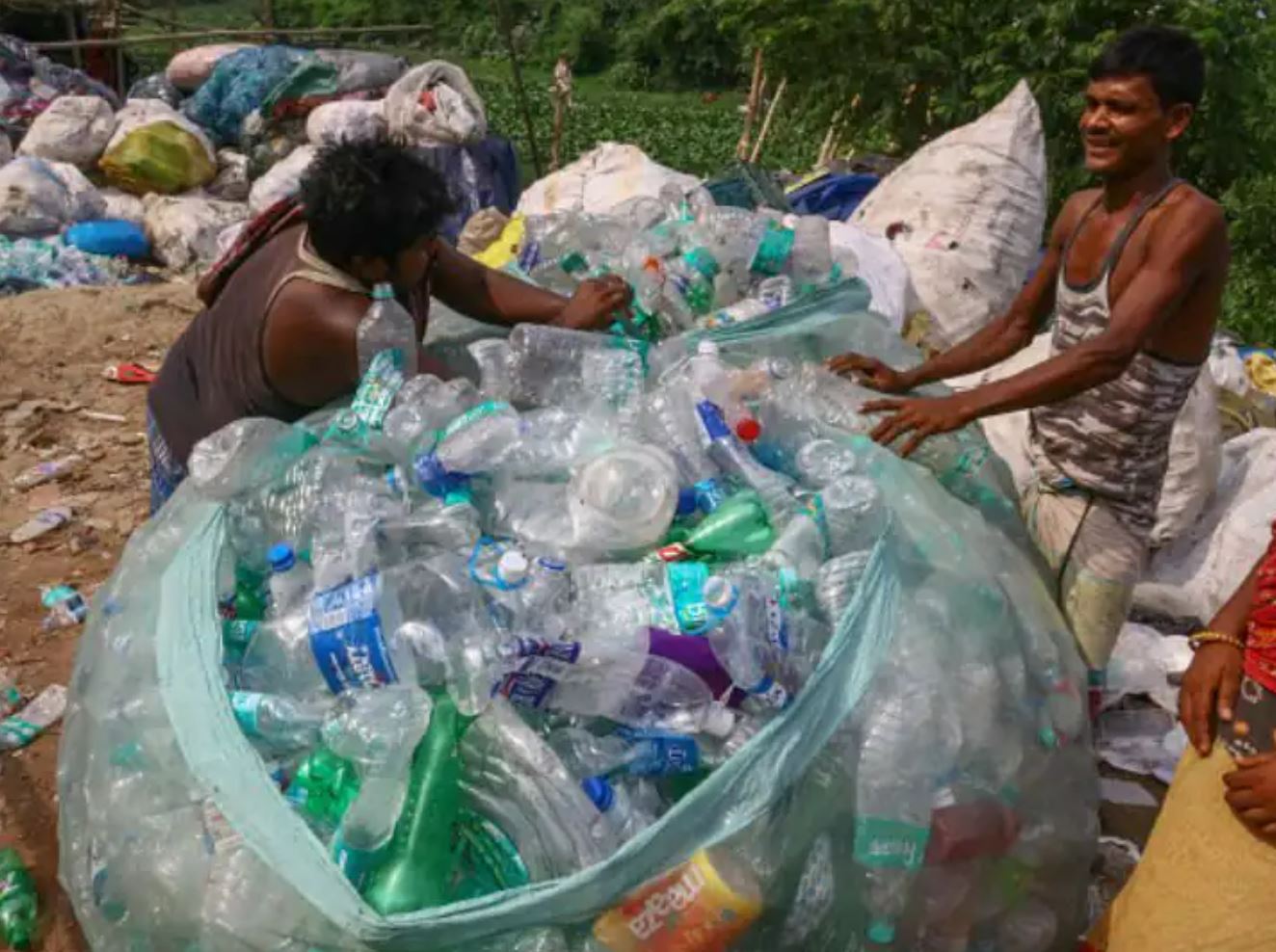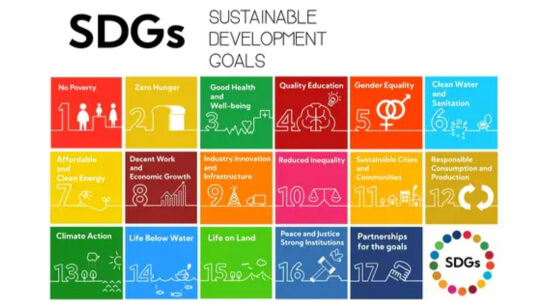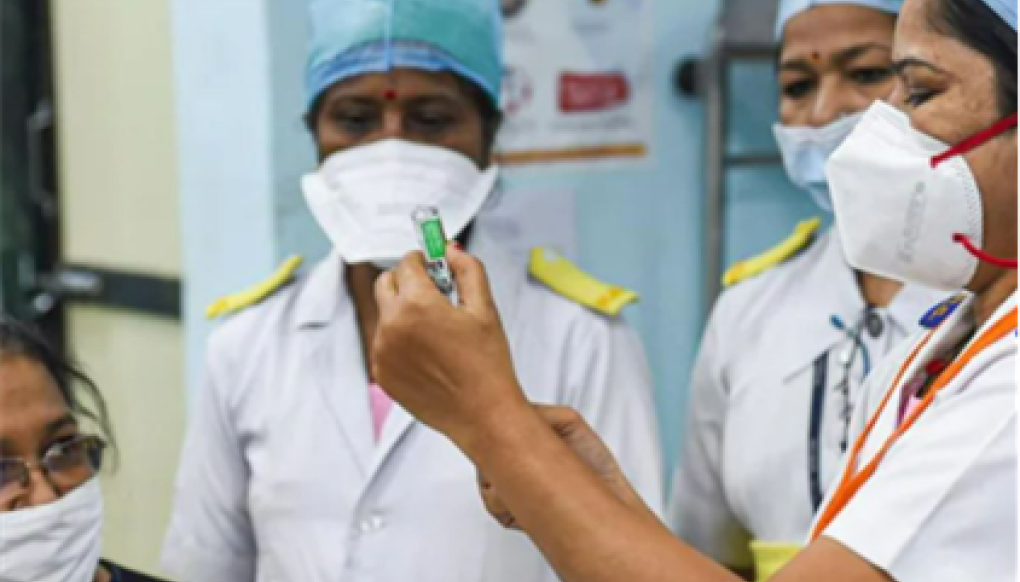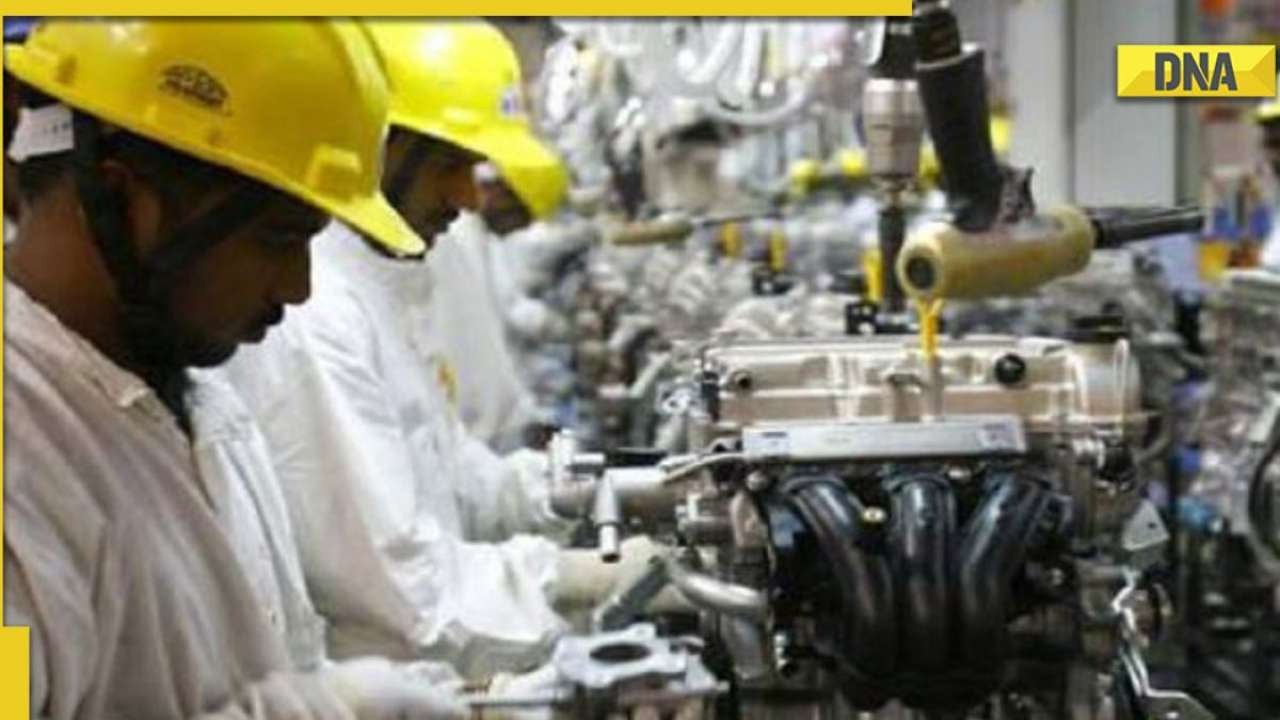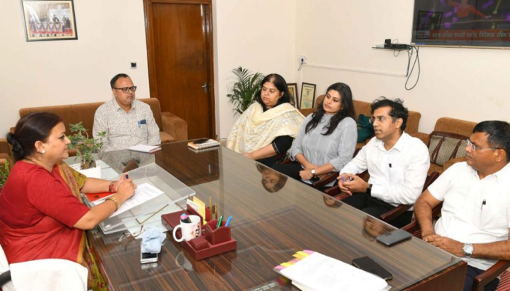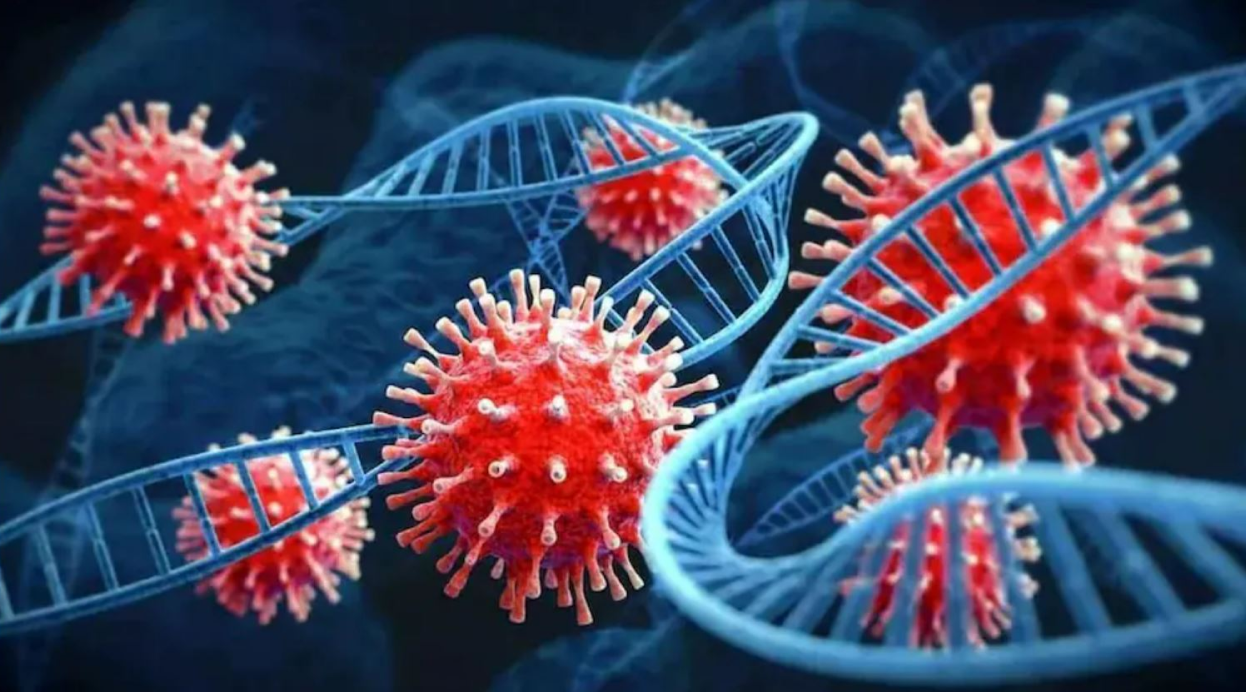On April 10, over a dozen women in pink saris protested outside Governor Droupadi Murmu’s palatial residence in Ranchi, Jharkhand.The women, who call themselves the ‘Gulabi Gang’, were protesting for a total ban on liquor like the one in neighbouring Bihar.But some were not impressed by the demand. Questioning the rationale behind it, Ratan Tirkey, a member of the state’s Tribal Advisory Council, said: “Why ban? The rural people have their own way of life. Why should we follow other states?”
On April 1, Bihar went dry. During his pre-election campaign, Bihar chief minister Nitish Kumar had promised the women that alcohol would be banned. Gujarat, Nagaland and Manipur have banned alcohol. Other states such as Andhra Pradesh and Kerala have also experimented with partial bans.
READ | Bihar goes dry: Five things you must know about the liquor policy
With elections round the corner, Tamil Nadu chief minister J Jayalalithaa is also promising a ban in
Tamil Nadu if she is re-elected.
READ | Tamil Nadu CM Jayalalithaa promises phased prohibition if re-elected
But prohibition has not always met with success. In the past, bans have led to the rise of a black market trade in alcohol like it has happened in Ahmedabad and Kohima. Loss of livelihood is also an issue.
And, sometimes, one state’s loss turns out to another’s good fortune: Towns which are just located outside Bihar such as Dalkhola in the North Dinajpur district of West Bengal is reaping the benefits of the ban in Bihar.
READ | Cheers! Dalkhola in Bengal celebrates booze ban in Bihar
PROHIBITION, A HALF MEASURE
However, prohibition will be a half measure to tackle the problem of violence against women unless government wants to tackle other related issues.
A first-of-its kind analytical study on alcohol and violence against women (VAW) done by International Center for Research on Women, a global research institute, and commissioned by IPE Global, an international development consulting firm, has concluded that though not all types of alcohol consumption are linked to VAW, heavy and frequent alcohol consumption definitely is and must be made a part of policy frameworks that look at alcohol treatment, de-addiction and prevention.
The review of evidence also showed that structural policy level changes in alcohol policies have an impact on decreasing alcohol consumption and reducing rates of violence.
SOME QUICK TAKEAWAYS
First, India must have a national policy/regulatory framework. At present, alcohol policy is a state subject. Consequently, systemic loopholes exist that impede implementation. For example, in Maharashtra the minimum age of drinking is 25 where as in Goa it is 18, thus keeping alcohol accessible.
Second, the role of alcohol must be recognized by law.
For example, in the US, if alcohol is found to be a prominent “trigger” in violence against women, the court mandates treatment of the perpetrator on mental health issues as well as alcohol treatment. Completion of such treatment is made mandatory by the law. Additionally, at the ground level, many mental health and de-addiction treatment services coordinate with each other to address the issue of violence jointly.
Third, bring binge drinking and habitual drinkers into the ambit of mainstream de-addiction and alcohol treatment programmes. The government must draft suitable guidelines and treatment protocols and strengthen the scale-up for screening of alcohol consumption.
Fourth, the State must generate reliable secondary data sources on various facets of alcohol consumption: These data sets can include sale and consumption patterns of alcohol by undertaking better cost analyses of alcohol and VAW. This evidence will help present an argument that demonstrates revenue generated by sales of alcohol vis-a vis cost to women and families in terms of VAW, allied health and economic costs.
In India, where knee-jerk and populist reactions have become the normal political response to any problem, not many governments are interested to address the issue holistically. They are more happy to allow a parallel black market than tackle the issue head-on and holistically. It seems all’s well as long as its behind the scenes.







